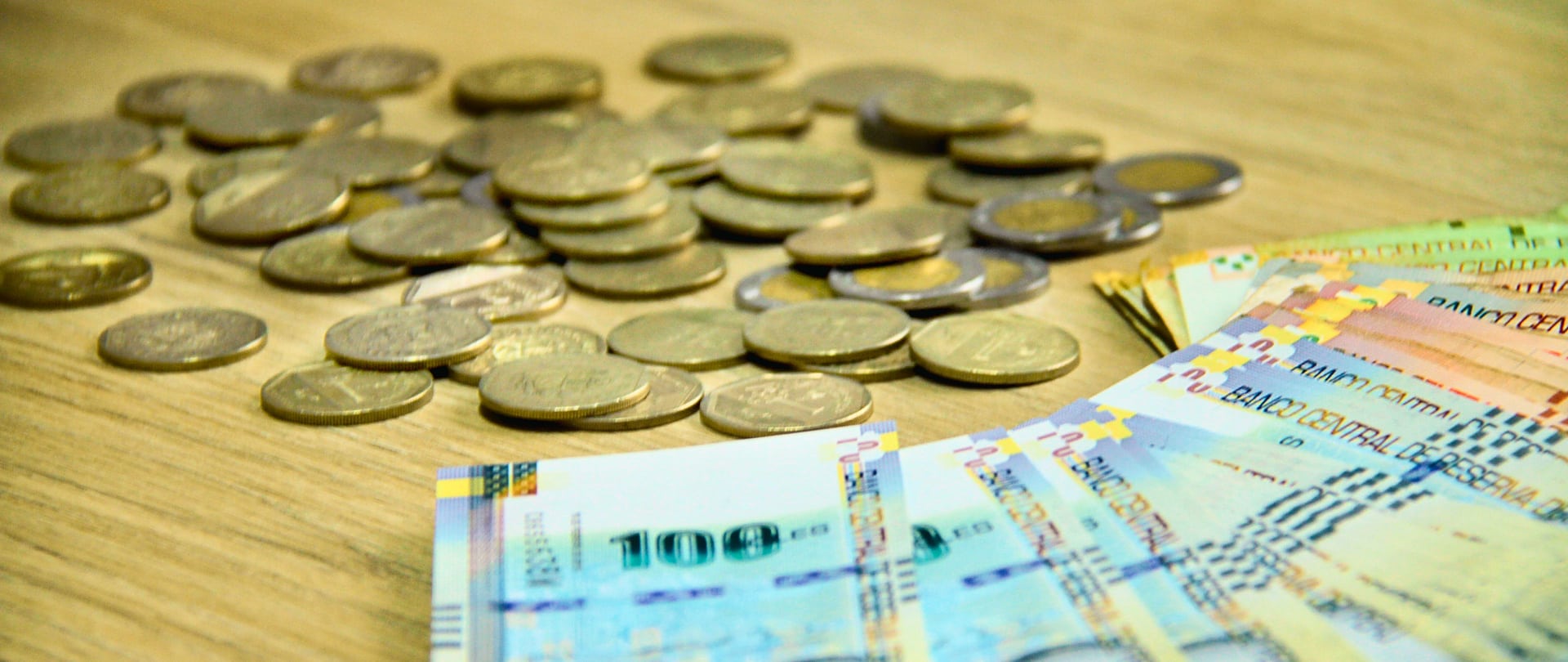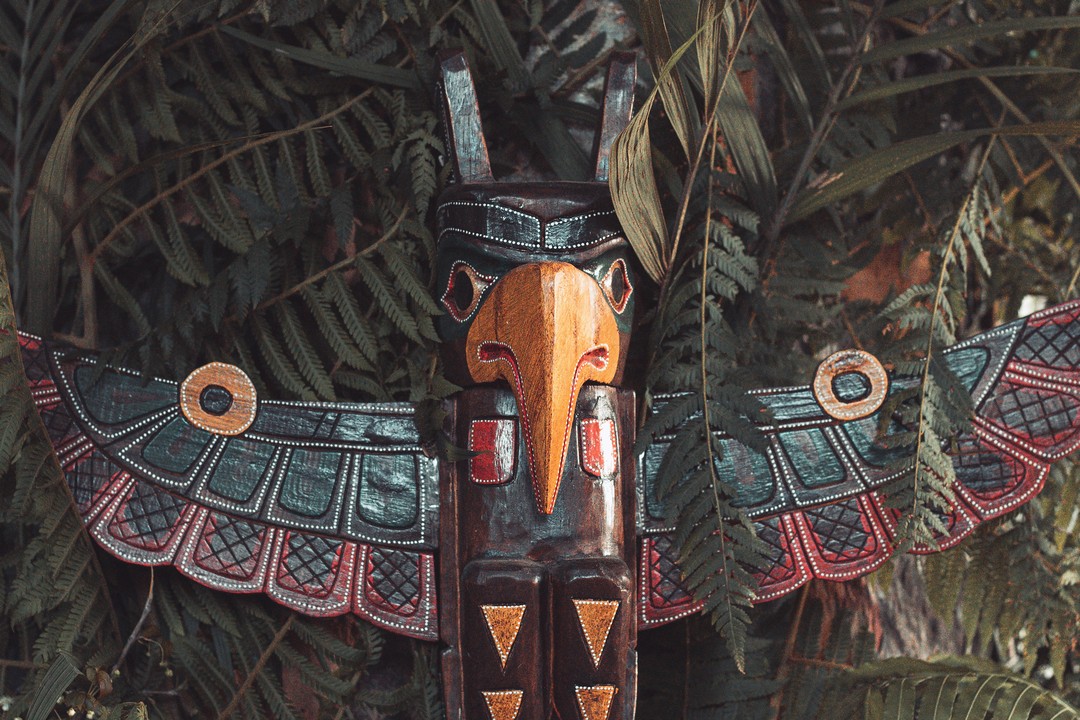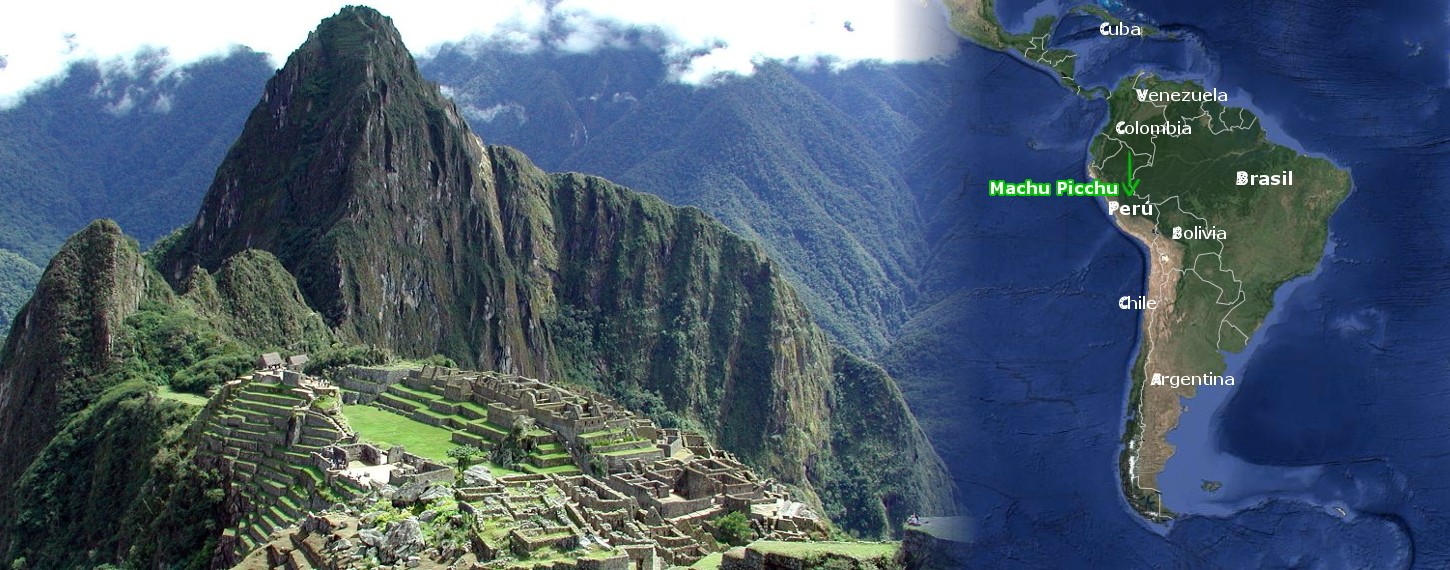Eating Guinea Pig
You’ve seen them, you petted them at your local pet store, and some of you might have even had them as pets yourself. But did you know in Peru, guinea pigs aren’t bred as pets, but as livestock meant to be eaten?!
Considered a delicacy and usually only meant to be eaten on special occasions. You may be able to find them in restaurants located around Cusco for curious tourists such as yourself. Though make sure not to say call it guinea pig. That won’t get you anywhere.
“Cuy”, pronounced “COO-ee”, is the proper word for it.
With my history of trying exotic foods, from the spiky rimmed, stinky fruit durian, to alligator, and even balut; better known as duck embryo, there isn’t nearly a thing I haven’t tried. Nearly. So, when my travels landed me in Cusco, you should already know what my first thought was.
“Where can a crazy tourist such as myself get a plate full of cuy?!”
History of Cuy
Whether you wanted to know it or not, the guinea pig started in Ecuador, Colombia, Peru and Bolivia. Shortly after it was found, the natives started breeding it to eat. It was only much later they became the furry pets we know and love today as they were shipped to Europe. Their purpose changing drastically.
At this point you might be wondering what is different and special about cuy. While smaller in size, perfect for a single person with a big appetite, cuy is higher in protein and lower in cholesterol than the big three main meat staples. Chicken, beef and pork.
In Cusco, there I was lucky enough to meet a girl who volunteers with a program that raises the aforementioned animal. Who do they serve exactly? Cancer patients. Their meat being a healthier option for them in many cases.
Some more cool facts for you to enjoy:
Cuy is actually deeply admired by certain peoples native to Peru.
And in a Cathedral located in the main square of Cusco you can find some cuy. However, no matter what, you shouldn’t try to eat this one. It being a part of a painting. In a Quechua painter’s rendition of a famous “The Last Supper” a healthy serving of the dish can be spotted!
Ways to Cook Cuy
Like many other dishes throughout the world, there are many different ways you can cook cuy. In Peru, there are two such dishes.
Baked Cuy – Cuy Al Horno
Out of the two dishes, this one would be the one I would recommend. It being the more “unique” option of the two. Stuffed with herbs; similar to a turkey on an American thanksgiving, it is put on a split, cooked over a fire and given to you whole.
You won’t regret ordering this option.
Fried Cuy – Cuy Chactado
The more standard option when one thinks of cuy. While still being a great choice, I found it hard to find in Cusco. Only being able to find it once in my travels across the city.
Where Can You Try Cuy For Yourself?
The best thing to do in any of your travels is ask a native where to go. They will always know the best places to see, and the best places to eat. I was able to find a nice sit in establishment on the eastern end of Cusco. For a small cost of roughly $18 USD, it was well worth the price for a great meal.
Both as a one-time thing, or as something you eat during special occasions.
What Does Cuy Taste Like?
The simplest answer anyone can give you is it’s like a dark meat chicken or duck. There are some people that describe its flavor as being close to pork. There wasn’t a “gamey” taste unlike what you would expect. Not nearly as bad as the meal looks or sounds, it is just another meat. While there isn’t much meat on its bones, there is plenty on its hind legs.
How to Eat Cuy
Use your hands!
I’m serious. Don’t be dainty and sophisticated when you have a childhood pet snarling on your plate. Dig in with your fingers like a feral beast you are! Or for a much less messy alternative, you are able to ask your waiter to precut the dish for you. They know what they are doing, so leave it to the professionals. My second time going in I did this, and the clean up was a lot less.






